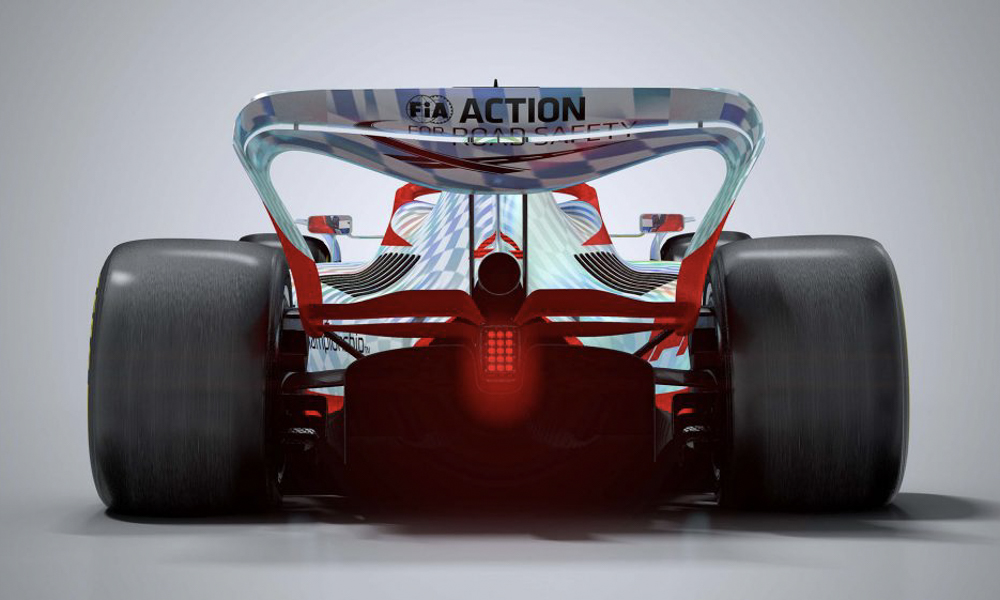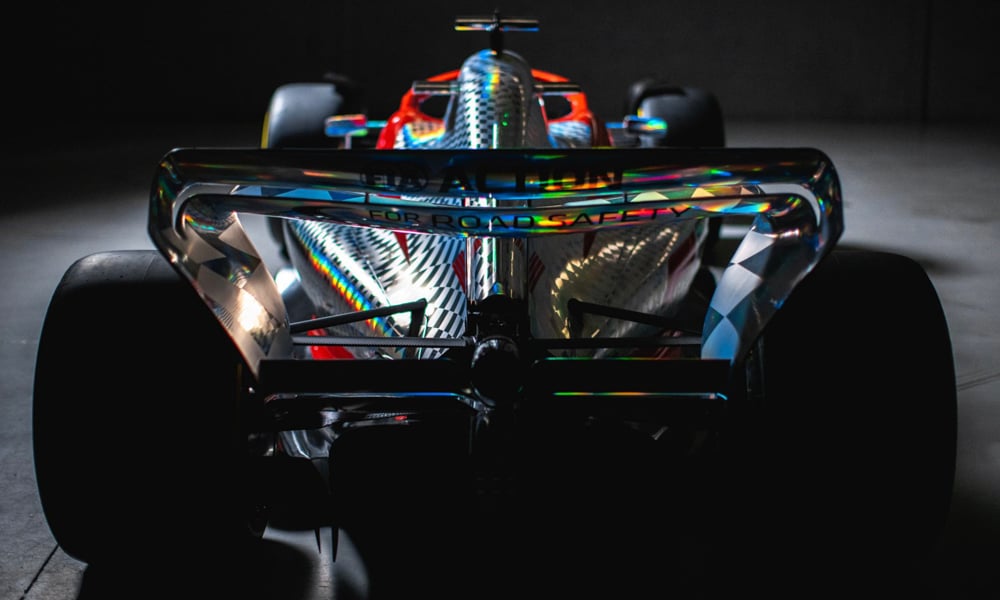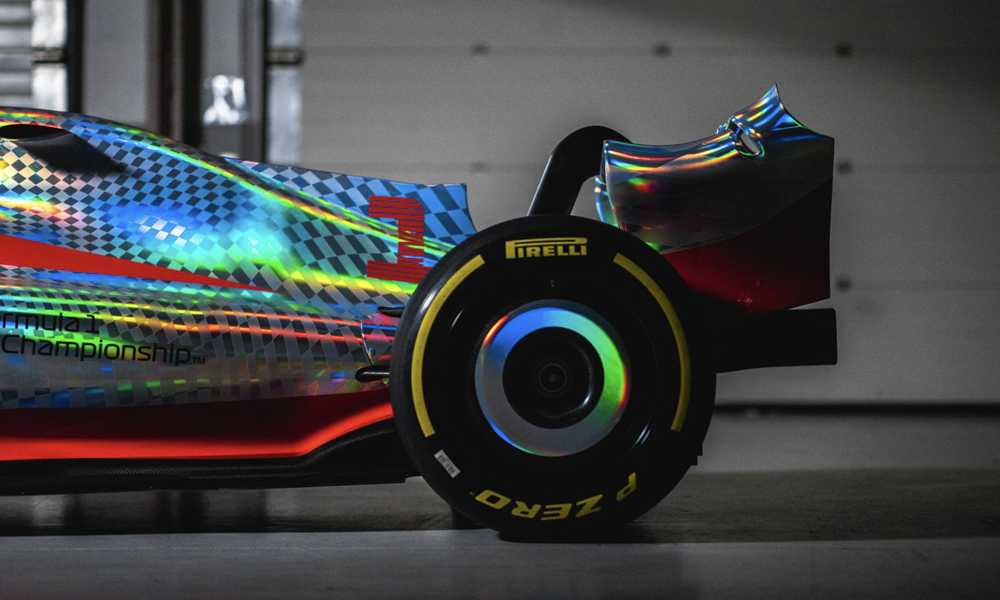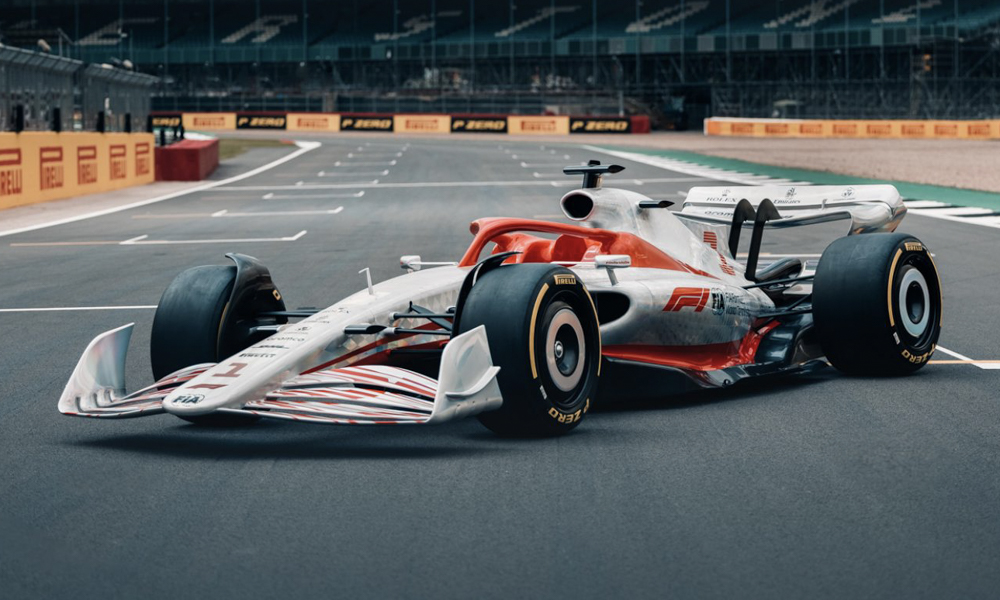
When engineers discovered that inverting airplane wings can do wonders for cars, they never looked back. Wings (or spoilers) have become an integral part of almost all racing machines that need to hug the earth’s surface like their lives depended on it. But for the 2022 Formula 1 season, these airfoils now have an additional purpose.
But before we get to that, let’s discuss how a wing works. An airplane flies through the air because of a pressure difference between the top and bottom parts of the wing. Basically, there is low pressure above and high pressure below, allowing an airplane to stay aloft. A wing on a race car works in much the same way. It is just an airplane wing that is turned upside down, making the vehicle stick to the road.


The wings of F1 cars are very effective in this respect. The straight leading and trailing edges, and perpendicular endplates exploit this pressure difference to great effect. But the byproduct of this design is the rotating air currents produced by the wing, which are like the wake of a boat as it moves through the water.
Essentially, these are small tornados that cause problems for any trailing vehicle. The violent air currents make car control extremely challenging, and any overtaking maneuver must be executed quickly especially on straightaways where the wake turbulence is at its greatest.
The 2022 regulations mandated a drastic change in wing design. Instead of endplates, the wingtips would be curved downward and inward leading to an upturned rear diffuser. This is said to lower the intensity of the vortices coming off the back of the car, allowing trailing drivers to follow leading ones closer and for longer with less difficulty.
This design reduces the ability of the wing in producing downforce. To compensate, air is diverted toward a special diffuser that works on the Venturi effect (reduction of fluid pressure when it flows through a constricted pipe section). The reduced pressure accelerates the passage of air flowing underneath the car, therefore sucking it down and offsetting the loss of downforce.

F1’s governing body is betting on these rule changes leveling the playing field between teams. These measures should encourage more wheel-to-wheel action and, consequently, increase entertainment value for the sport’s spectators.



0 Comments